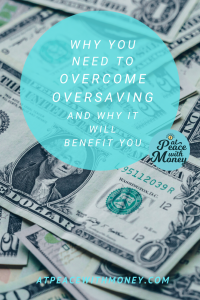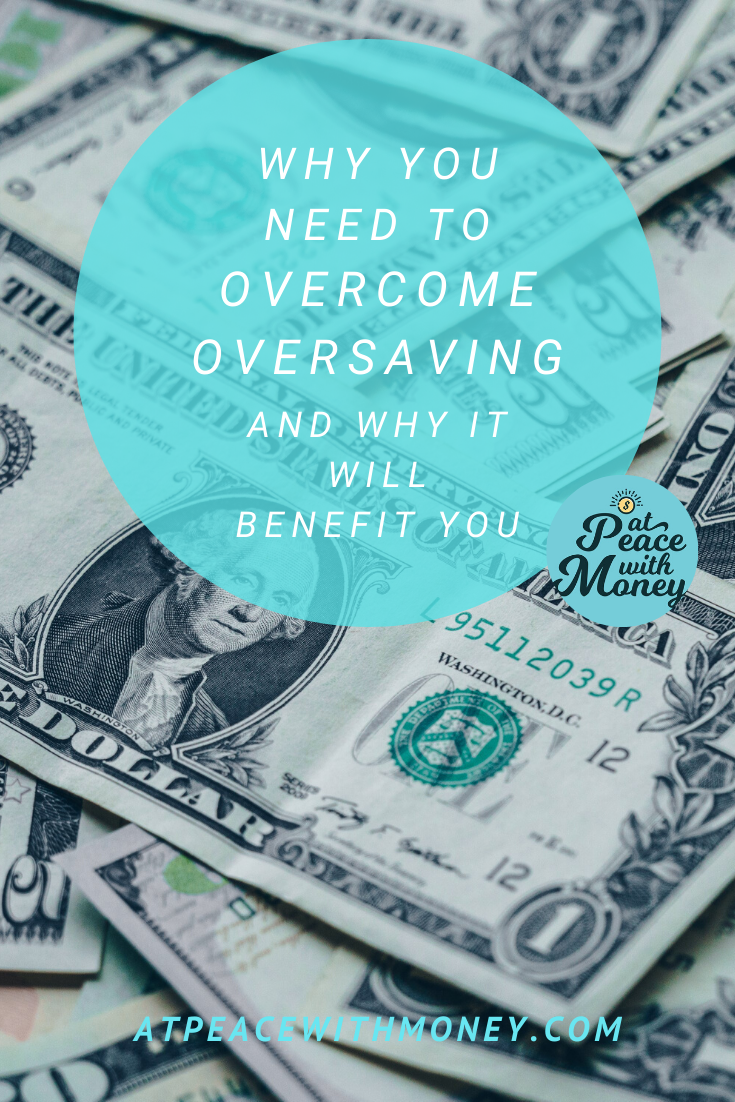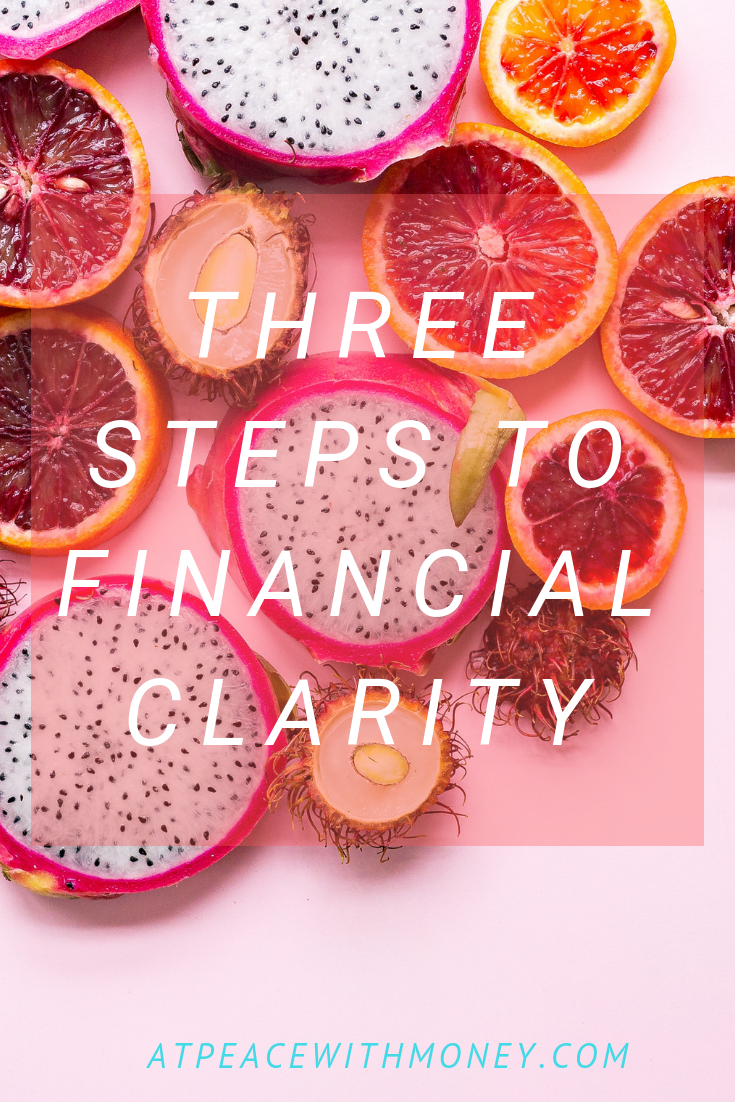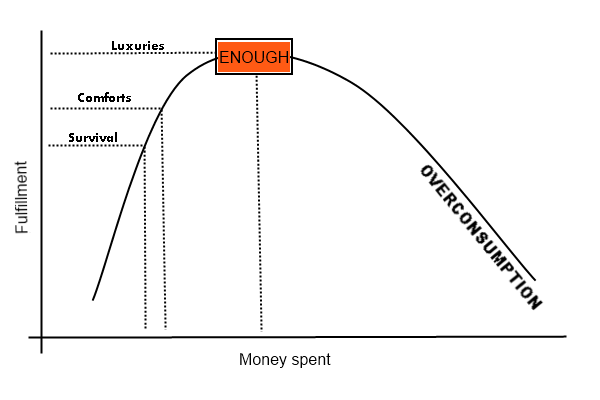All About Oversaving, And Why Overcoming It Can Strengthen Your Business

Often issues with money stem from not having enough – so when you hear the word “oversaving,” it might not sound bad. However, oversaving can be a serious issue that may be blocking the potential of your business. It may also point to anxieties that need to be resolved. Let’s take a look at what oversaving is and what you can do to overcome it.
What Is It?
If you experience anxiety or guilt over spending money, even on basic necessities, you may have oversaving tendencies. You might struggle to spend money on your business or operating expenses. Alternatively, it might be hard for you to spend on something other than reinvesting in your business. Or, you might have a hard time parting with any money know you could save it for retirement or business emergencies.
Oversaving both stems from and enhances anxiety, stress, and burnout. It often comes from a fear of scarcity. While saving money is an important skill, if it’s taken to an extreme, it can keep you from spending money to solve urgent problems in your business and your personal life.
What Can You Do About It?
Saving money is a great habit, but the key to overcoming the oversaving habit is to get strategic about your saving. Rather than living in this panicked feeling of “I have to save every dime I possibly can,” create some money systems! Coming up with savings goals, establishing a spending plan, and automating your money are all great ways to introduce strategy and systems.
Savings goals can be especially helpful, because they can lend purpose to all that saving, but they also create an end point you’ll eventually meet. Limiting and directing your savings in this way can help curb the habit and assuage your anxieties. When you use the Profit First system, you put aside money to pay yourself first, but you also save for taxes, put aside money for operating expenses, and also distribute profits every quarter, which are meant to be spent by YOU so you can reward yourself for your hard work. If you’re interested in learning more about the Profit First System, check out the first 5 chapters of the book here.
 Doing some emotional work around money can also really help you clear up your oversaving. I recommend reading Bari Tessler’s The Art of Money for more ideas about this. She helps you unpack your feelings around money and combining the practical with the emotional. If you’re interested, check out my book review.
Doing some emotional work around money can also really help you clear up your oversaving. I recommend reading Bari Tessler’s The Art of Money for more ideas about this. She helps you unpack your feelings around money and combining the practical with the emotional. If you’re interested, check out my book review.
Oversaving can be a sneaky habit, difficult to catch and overcome, but I believe in you – you can do it! And anyway, saving is so much more effective when it’s done in order to meet a goal. If you enjoyed this article, I suggest looking into Profit First. If you want to chat more about these ideas and take a look at your money, you can take a look at my service packages and book a call. Doing a year-end review could help you identify a couple goals to save for!
Angela
Photo by Sharon McCutcheon







 If a resource ticks all these boxes for you, it will probably set you down the path to financial wellbeing! And it will feel a lot better than trying to read something that just isn’t for you. Next time, we’ll talk about starting the search for resources. For now, feel free to do some good ol’ googling. You can also check out my article on
If a resource ticks all these boxes for you, it will probably set you down the path to financial wellbeing! And it will feel a lot better than trying to read something that just isn’t for you. Next time, we’ll talk about starting the search for resources. For now, feel free to do some good ol’ googling. You can also check out my article on 


 Three Keys
Three Keys


 Nowadays, many people have a side-hustle, whether it’s a creative passion project or housesitting on the weekends. Either way, keep track of that money! How much do you earn? Knowing is important, and it’s also important to know where that money is going. Have a purpose for your side-hustle income and set it aside regularly. You might be earning money to travel, save for retirement, or set up your emergency fund. Whatever it is, make sure your side hustle has a “why” – you can read more about
Nowadays, many people have a side-hustle, whether it’s a creative passion project or housesitting on the weekends. Either way, keep track of that money! How much do you earn? Knowing is important, and it’s also important to know where that money is going. Have a purpose for your side-hustle income and set it aside regularly. You might be earning money to travel, save for retirement, or set up your emergency fund. Whatever it is, make sure your side hustle has a “why” – you can read more about 
 informed income goals that are designed to meet those needs in your personal life. Without this crucial information, your goals will just be shots in the dark, aimed at an amount of money that “sounds nice” but doesn’t tangibly satisfy a need.
informed income goals that are designed to meet those needs in your personal life. Without this crucial information, your goals will just be shots in the dark, aimed at an amount of money that “sounds nice” but doesn’t tangibly satisfy a need.


 Now that you know where you are and where you’re going, it’s time to figure out how you’ll get there. This is the step where strategy comes in. Based on all the information you’ve already looked at during Step 2, you should be able to determine what will help you get to your destination. Whether that’s
Now that you know where you are and where you’re going, it’s time to figure out how you’ll get there. This is the step where strategy comes in. Based on all the information you’ve already looked at during Step 2, you should be able to determine what will help you get to your destination. Whether that’s 

 we don’t need to stew and feel bad about them. The best thing we can do is move on and take action to enhance our financial futures. This mantra helps us remember that instead of being distracted by our past mistakes, we should look forward and act now.
we don’t need to stew and feel bad about them. The best thing we can do is move on and take action to enhance our financial futures. This mantra helps us remember that instead of being distracted by our past mistakes, we should look forward and act now. 








 Automation is your money’s best friend. By automating your finances, you reduce your opportunities for decision making, thereby reducing your chances to change your mind about saving money or paying a bill in full. By reducing your decisions you set yourself up for success! Automation can build up your savings and pay off your bills, without any extra effort on your part. So, how can you use automation as a financial tool?
Automation is your money’s best friend. By automating your finances, you reduce your opportunities for decision making, thereby reducing your chances to change your mind about saving money or paying a bill in full. By reducing your decisions you set yourself up for success! Automation can build up your savings and pay off your bills, without any extra effort on your part. So, how can you use automation as a financial tool? The other major arena of your finances that definitely deserves some automation-attention is your savings. I touched briefly on automating your savings in an earlier article,
The other major arena of your finances that definitely deserves some automation-attention is your savings. I touched briefly on automating your savings in an earlier article,